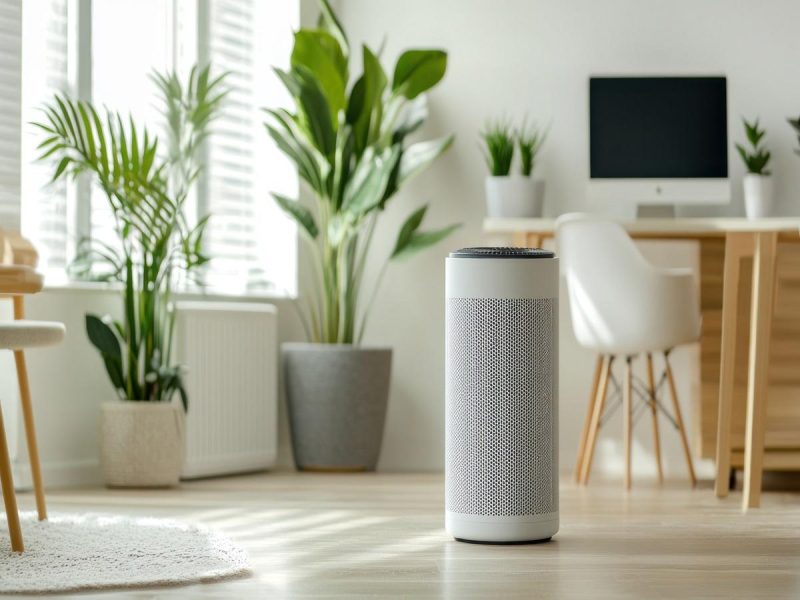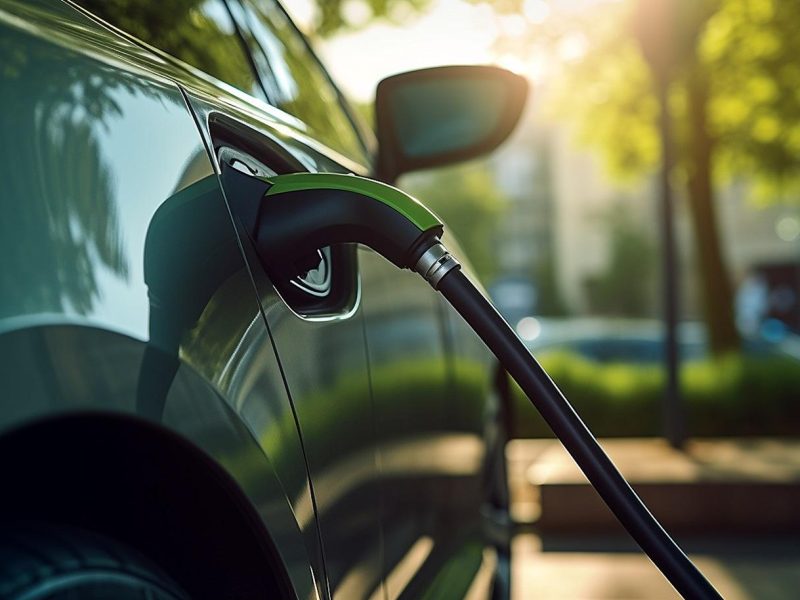Though expensive initially, rooftop solar installations usually pay for themselves in seven years max. Any power that they generate after that is free for the next 18 years
Gujarat-based Jigar Inamdar has been harnessing the energy of sun to run his home the past two years. He installed a 3-kW solar panel from Adani Power, which is good enough to run his air conditioner, geyser and most other gadgets. He prefers the “on-grid” system to an off-grid one as the former requires no battery and no maintenance cost. Besides, he can get a subsidy of 30 per cent from the Central Government and an additional Rs 10,000 per kW (capped at Rs 20,000). The subsidy is available on the cost of equipment only. So a 3-kW solar system that would usually cost Rs 1.5 lakh, has cost Inamdar around Rs 1.1 lakh (including erection and installation cost). With this system he can generate 720 units of power in two months.
An off-grid system, on the other hand, stores power in a solar panel battery that needs to be changed every two years and costs Rs 15,000-20,000. And it isn’t eligible for state subsidy either. But off-grid has its advantages too. Here, the rooftop solar panel is not linked to the main grid, and runs on its own with its own battery. This makes it very useful when there is no grid supply or when the supply is erratic with frequent breakdowns. Some people even opt for a hybrid system in which on-grid and off-grid systems work in tandem. In this type, the advantage is that after the ‘off-grid’ battery is fully charged, the excess power generated is fed to the grid which generates revenue for the consumer.
Begin with an energy audit
This is your starting point. This is where you evaluate the amount of power (in kilowatts/hour or kilowatt hours) that you’ll need on any given day. You will also need to take into account the location of your home. Geographical considerations such as climate, number of peak hours of sunlight per day, number of days of peak sunlight per year, and average rainfall will play a big role in how efficient a solar system you can design. Identify all the energy guzzlers. Some of the big users are air conditioning–central or window or portable–heating devices, electric water heater, clothes dryer etc. Calculate your daily energy requirement by assessing each equipment’s power separately and the number of hours it will be used. Alternatively, you can simply work out the average or the last few months or a year’s energy bill. Also look at the roof or terrace area. Is it big enough to accommodate the required panels? If not, cut down on the equipment.
Is there a shadow-free area over the terrace? Watch out for the shadow of a tree, neighbouring building or any other structure; it shouldn’t fall on the panels that will be installed. The placement and direction of the solar panels are just as important as the equipment itself. The panels can absorb the maximum energy when the sun’s rays hit them perpendicularly. The solar panels can generate a sufficient amount of power if placed in the right direction, and with the correct tilt. This will to enable them to absorb maximum sunlight for a long period of time.
Cost of installation
According to Raj Kumar Sharma from Sun Aura Technology, Gurugram, a company that instals rooftop solar systems from 1 kw to 1 Mw. “The investment will actually vary with capacity–the higher the capacity, the lower the cost. 1 Kw costs Rs 75,000, 5 Kw costs Rs 2,25,000 while 25 KW will cost you Rs 10 lakh and 1 Mw Rs 3.5 crore.
The returns come in 5-6 years. Electricity cost, which is normally Rs 7-8 a unit, will cost around Rs 3 a unit in solar power.”
Rooftop solar is the smartest investment a homeowner can make today. Says Shreya Mishra, co-founder and CEO, Solar Square, a firm that has solarised 500-plus homes in Madhya Pradesh: “A homeowner can bring his monthly electricity bill down to zero by installing solar on his roof and generating his own power. What’s more the life of a solar system is usually over 25 years.”
The initial cost of solar varies depending on the quality of components and the size of the system. Solar Square’s Mishra takes the example of a 3-kW solar. “For a 3-kW system the cost can be anywhere from Rs 50,000/kW to Rs 60,000/kW depending on the choice of solar panel, inverter and cables used. Depending on the grid tariff paid by the customer, the payback on the initial cost of the system can vary. In most Indian states a homeowner will generate savings equal to the initial investment in a rooftop solar system in under five years. Hence, for a good 20 years after his break-even period, the homeowner enjoys free electricity.”
There are several components of this rooftop system. These include solar panels, structure for rooftop, DC/AC cables, connectors, earthing for safety, electrical boxes, electric metering, monitoring equipment, and panel-washing facility. The most common practice is to install a 1 kW plant that generates around four units of electricity a day and requires about 100 square feet of shadow-free space. It requires virtually no maintenance other than water washing every 15 days to keep panels clean.
Let the sunshine in
What is the market size of rooftop solar? Says Anchit Gupta, Chief Commercial Officer, MYSUN, which operates India’s online rooftop solar platform: “We believe the market potential for distributed solar in India over the next 10 years is anywhere between 150-200 Gw. The rooftop solar market can broadly be divided into three categories–Large C&I, SMEs and Homes–with each having different buying patterns and needs. While there are a few players targeting the Large C&I segment, to really be able to unlock the SME and Homes markets, we need organisations to develop businesses that cater to the specific needs of those customer segments.”
Some of the key brands in the market include Loom Solar, Tata Power Solar, Mahindra Susten, Sunsure Energy, Fourth Partner Energy, Suryaday, Orb Energy, Vikram Solar, Renew Power, SB Energy, CleanMax Solar, Harsha-Abakus Solar, RelyOn Solar, MySun Solar, Ujaas Energy and Amplus Energy Solutions.
Tata Power, which has a pan-India presence in both, the residential and MSME (Micro, Small and Medium Enterprises) solar rooftop segments, has seen accelerated levels of demand in the residential rooftop markets in Rajasthan, Gujarat, Haryana, Uttar Pradesh and Telangana.
Says a Tata Power spokesperson: “It has been observed that the electricity cost for many residential solar rooftop users has been brought down by 80 per cent or even more in some cases. Also, while the initial cost varies, the payback period often varies between four and seven years due to site-specific conditions. Hence both the conditions bring significant economic benefits to the end user. Additionally, a solar rooftop user contributes majorly in mitigating carbon emission. According to MNRE website, 1 KWp of solar rooftop over a lifespan of 25 years can help in reduction of 30 tonnes of carbon emission which is equivalent to planting 50 trees. The residential solar rooftop segment is growing at a rapid pace. Out of the total rooftop capacity in the country, the residential rooftop capacity addition from March 2019 to June 2020 was 7%, whereas it increased to a staggering 25 per cent in the period June 2020-21.”
The flipside
Currently residential solar is largely unorganised in India. People still don’t know enough about its economic and environmental benefits.
Many installation companies don’t offer repairs/replacements and after-sales service to maintain the solar systems, and this leads to loss of generation and savings. A solar system that has not been maintained properly tends to generate at least 30 per cent less power compared to a well-maintained one. Customers lose faith when the quality of components used is poor and the installation is faulty. Lack of after-sales service has led to bad experiences for many homeowners who went solar. High upfront costs and lack of financing are other factors that deter customers from going solar.
However, there are companies that offer end-to-end services and solutions and also arrange bank financing and EMI options for customers.
Finally, the ecosystem created by the government also matters. Certain states have been consistent in their policies. Says MYSUN’s Gupta: “States such as Rajasthan, Madhya Pradesh and Gujarat have seen the largest uptick in solar rooftop installations. Policy certainty is more important than policy incentives.”
Table: Indicative cost of setting up a rooftop solar installation
|
Components |
Features | Price Range for a 5kWp System (Rs) |
| Solar Panel | Crystalline silicon Poly/ Mono PERC | 1,00,000-1,25,000 |
| Solar Inverter + Monitoring | >98% efficiency grid-tied | 60,000-72,000 |
| Structure for Rooftop | Galvanized/ Coated Steel with 0.5 mtr height | 22,000-25,000 |
| DC/AC cables & connectors | DC Cable (Tinned Copper with Electron beam), AC cable- XLPE Aluminium armoured | 8,000-10,000 |
|
Earthing/ Lightening Arrestor for safety |
Earthing-Copper bonded | 9,000-10,000 |
| Electrical boxes | Indoor/Outdoor type with MCBs/ MCCBs/ACBs, BUS Bar and Surge protection | 7,000 |
| Monitoring equipment | Through Datalogger | 3,500-4,000 |
| Installation & Commissioning | Including Freight | 25,000-30,000 |
|
Electric metering (Net-Metering) by DISCOM |
As per DISCOM approved specification | 10,000-15,000 |
*GST Extra; Credits: MYSUN




